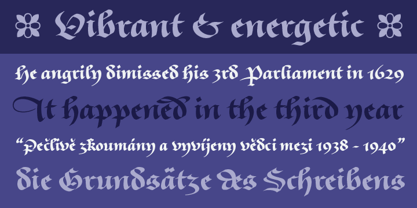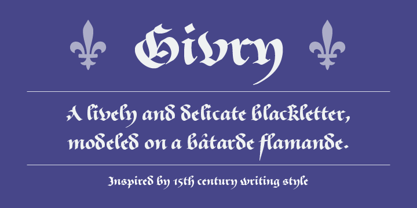Für die gebräuchlichsten Verwendungszwecke (sowohl privat als auch beruflich), für die Verwendung in Desktop-Anwendungen mit einem Schriftartenmenü.
Zum Beispiel:
- Sie installieren die Schriftart auf Ihrem Mac OS X- oder Windows-System
- Sie verwenden die Schriftart in Schreibtisch-Anwendungen wie Microsoft Word, Mac Pages, Adobe InDesign, Adobe Photoshop, etc.
- Sie erstellen und drucken Dokumente sowie statische Bilder (.jpeg, .tiff, .png)
Die Lizenzierung richtet sich nach der Anzahl der Nutzer der Schriftarten. Sie können die Anzahl der Nutzer ändern, indem Sie im Warenkorb die Dropdown-Option für die Anzahl der Nutzer öffnen.
Bitte lesen Sie unbedingt die Lizenzvereinbarung des jeweiligen Anbieters. da einige Einschränkungen gelten können, wie z. B. die Verwendung von Logos/Markenzeichen, geografische Einschränkungen (Anzahl der Standorte) und der Verkauf Ihrer mit den Schriftarten gestalteten Produkte.
Späteres Hinzufügen von Nutzern:
Desktop Lizenzen sind kumulativ. Wenn Sie eine Desktop Lizenz benötigen, die zusätzliche Nutzer abdeckt, geben Sie einfach eine neue Bestellung für dasselbe Produkt für die Anzahl der zusätzlichen Nutzer auf.

